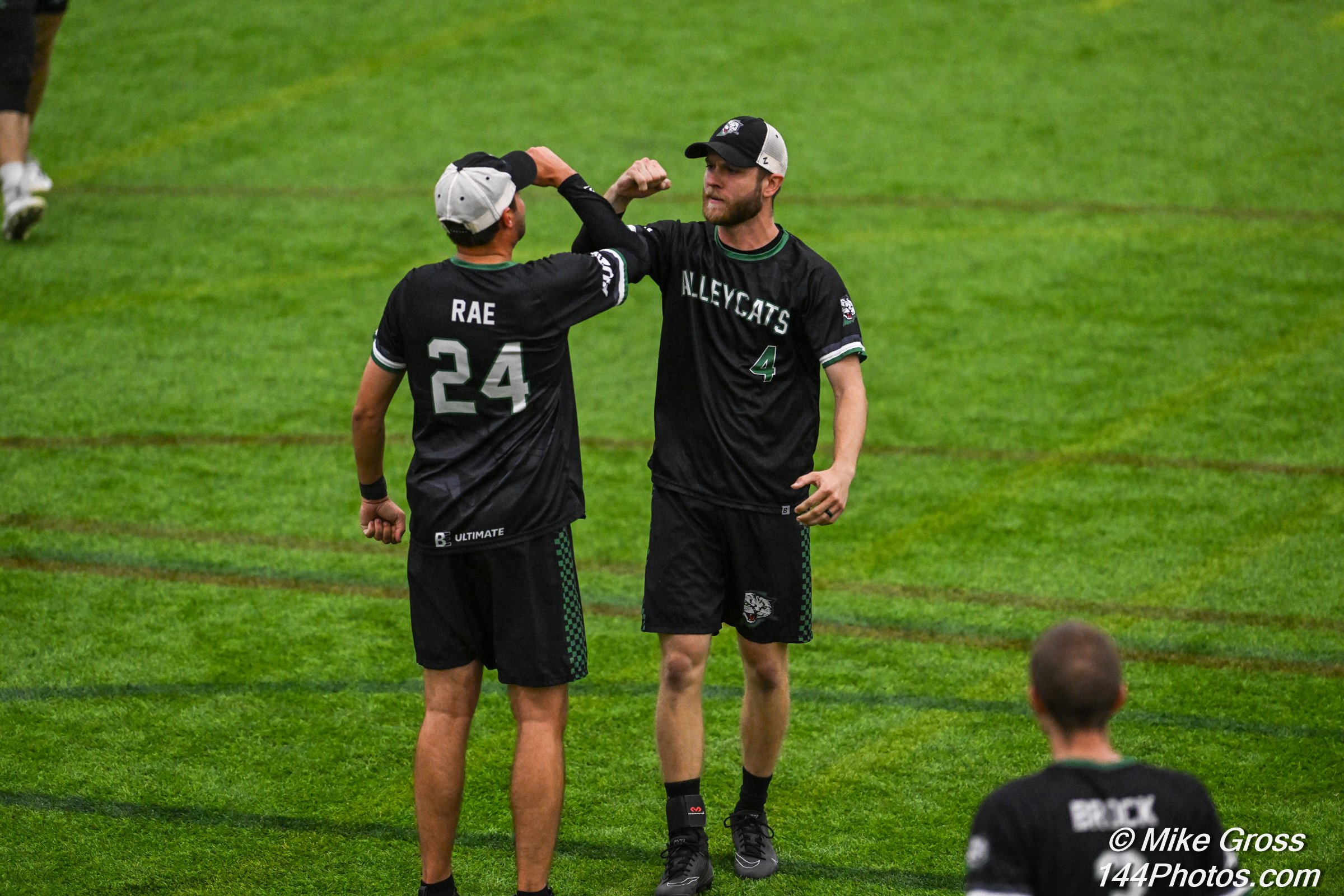Ultimate Frisbee Off-Season Training Tips: Elevate Your Game in Indianapolis
Ah, the long-awaited off-season. For those who competed at USAU Club Nationals, the break has just begun. There's nothing quite like reclaiming some of that precious free time, right?
But, if you're aiming for success in the upcoming season, you know all too well that this period of relaxation can't last forever. The challenge is, how do you keep training effectively, especially when winter confines you mostly indoors? As someone whose “off-season” spans from August to tryouts in January, I've navigated this period without playing much Ultimate – aside from occasional rec leagues and indoor tournaments. Here are a few tips I've found invaluable and easy to implement:
1. Find a Training Partner
It's a simple yet profoundly effective strategy. Accountability is key. When you have someone (or a group) expecting you to show up and work hard, you're far more likely to follow through.
The beauty of a training partner lies in the yin-yang dynamic. On days when you're energized, you can be the motivator, pushing both of you towards progress. On days when you're less inclined, your partner can provide the necessary boost.
Can't find a training buddy? Try a shared Google Sheet with a few accountability partners. My unusual workout times, due to my responsibilities as a teacher with a family, mean I usually train solo. This shared document keeps me motivated, even when I'd rather be gaming.
2. Have a Real Workout Plan
We've all been there – walking into a gym or onto a field with good intentions but no clear plan. This “shoot-around” approach achieves little. Every session should have a defined plan, detailing the exercises, sets, reps, or goals.
For Ultimate players, consulting with a fitness expert is a game-changer. I'm working with Justin Shelby of TOBU Fitness this year and excited about the results. Remember, a little expert guidance can go a long way.
3. Set SMART Goals
Goal-setting is crucial. Without clear objectives, maintaining consistency in your training is difficult. SMART goals are:
Specific
Measurable
Achievable
Relevant
Time-bound
Here’s a personal example:
Goal: Back squat 340 pounds for three reps by October 13.
This goal is specific (back squat), measurable (340 pounds, three reps), achievable (a progression from 320 lbs), relevant (back squats improve explosiveness in Ultimate), and time-bound (October 13 deadline).
Goals lacking any of these elements can lead to ambiguity, demotivation, or irrelevance to your sport.
Bonus Tip: Overcome Excuses
We all have excuses, but they shouldn't impede our progress. Your time investment reflects your priorities. Training might not be your top priority, and that's okay. However, if improving as an athlete is important to you, it's essential to find the balance.
None of these strategies are revolutionary, yet they can be incredibly effective. Remember, if you're not training yet, you're already behind. Embrace the grind and work towards becoming the strongest, fastest, and most conditioned version of yourself!



